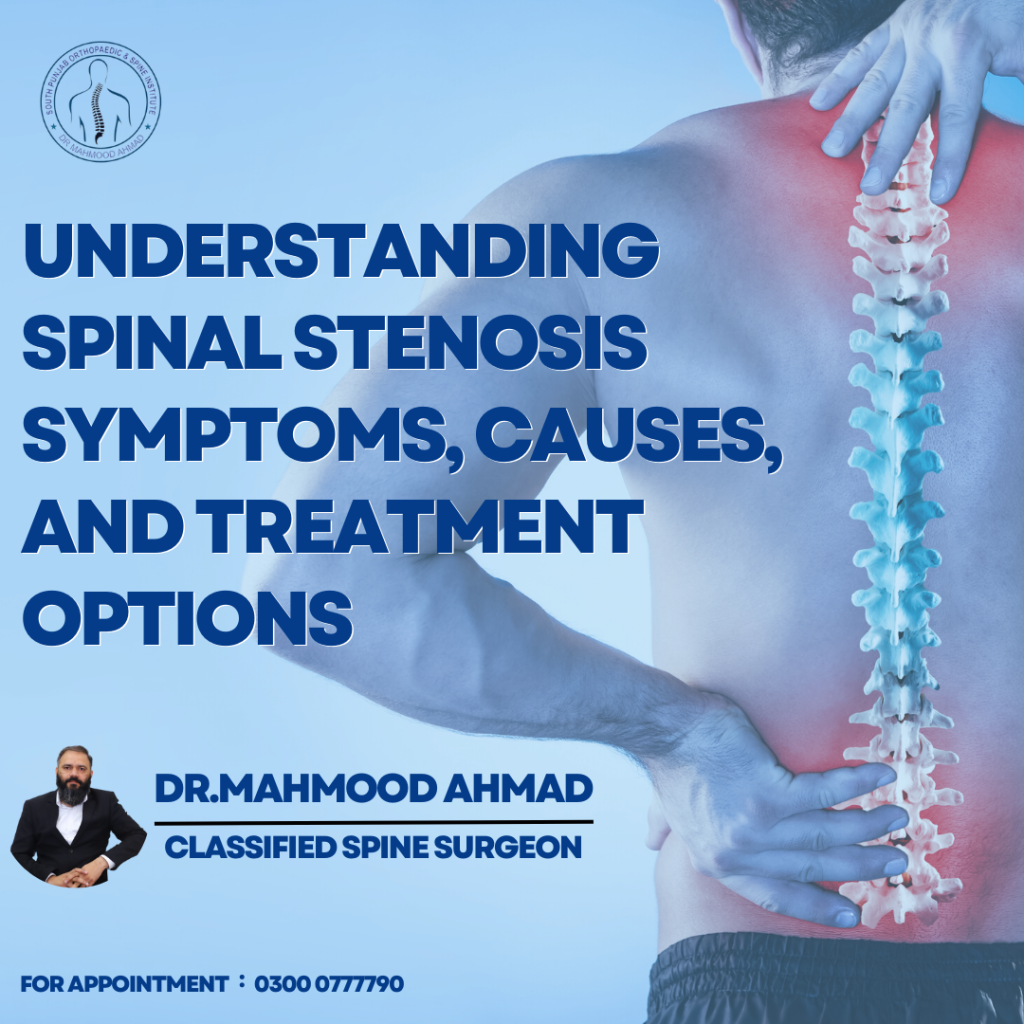Spinal Stenosis
Spinal stenosis is a condition where the spinal canal becomes narrow and compressed, resulting in pressure on the spinal cord and nerve roots. Symptoms of this condition can include pain, tingling, and numbness in the back, as well as difficulties with balance, coordination, and walking. Treatment usually consists of physical therapy, medications, lifestyle modifications, and potentially surgery like kyphoplasty, aimed at relieving pressure and improving mobility.
In more severe cases, spinal decompression surgery may be necessary to relieve the pressure on the nerves. Overall, it is important to be aware of the signs and symptoms of spinal stenosis and to seek medical care in order to get an accurate diagnosis and treatment. With proper care and management, this condition can be effectively managed and treated.
Symptoms of Spinal Stenosis
Spinal stenosis is a condition that causes narrowing of the spine which can lead to a variety of symptoms according to the region of stenosis in the spine. General symptoms like back pain and burning pain in legs usually worsen when standing or walking and can cause a great deal of discomfort. Furthermore, specific symptoms include
- Pain in the back
- Burning pain going into the buttocks and down into the legs (sciatica)
- Numbness, tingling, cramping, or weakness in the legs
- Loss of sensation in the feet
- A weakness in a foot that causes the foot to slap down when walking (“foot drop”)
- Loss of sexual ability
- Loss of bowel or bladder control
- Severe or increasing numbness between your legs, inner thighs, and back of the legs
- Severe pain and weakness that spreads into one or both legs. This makes it hard to walk or get out of a chair
Causes of Spinal Stenosis
Spinal stenosis can be caused by a number of factors, including:
- Age-related changes: As we age, the bones, discs, and ligaments in the spine can begin to degenerate, causing the spinal canal to narrow.
- Arthritis:
- Inherited conditions: Some people are born with a small spinal canal, which can lead to spinal stenosis as they age.
- Trauma: Injuries such as a car accident or a fall can cause spinal stenosis by damaging the spinal canal or its contents.
- Degenerative conditions: Conditions such as arthritis and spinal degeneration can cause the spinal canal to narrow over time and bone spur.
Treatment Options for Spinal Stenosis
The treatment for spinal stenosis will depend on the severity of the stenosis and the symptoms it is causing. Some common treatment options include:
- Physical therapy: This can help improve strength, flexibility, and balance, which can help relieve symptoms.
- Medications: Over-the-counter pain medications such as ibuprofen and acetaminophen can help relieve pain. Prescription pain medications and anti-inflammatory drugs may also be recommended.
- Epidural injections: Corticosteroid injections can be given directly into the spinal canal to reduce inflammation and relieve pain.
- Surgery: In severe cases, surgery may be necessary to relieve pressure on the spinal cord or nerves. This may involve removing part of a vertebral body, a disc, or a bone spur to create more space in the spinal canal.
It is important to talk to your doctor about your symptoms and treatment options, as the right treatment will depend on the cause and severity of your stenosis. With proper treatment and management, most people with spinal stenosis can lead healthy, active lives.
About Authors
Dr. Muhammad Mahmood Ahmad is a Spinal as well as an Orthopedic Surgeon with over 14 years of experience currently practicing at Razia Saeed Hospital, Multan.





